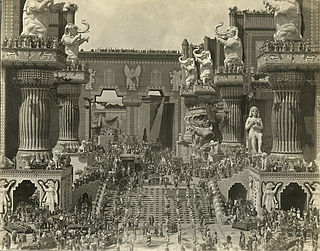Bray Productions was the dominant animation studio based in the United States during the years of World War I.

William Surrey Hart was an American silent film actor, screenwriter, director and producer. He is remembered as a foremost western star of the silent era who "imbued all of his characters with honor and integrity." During the late 1910s and early 1920s, he was one of the most consistently popular movie stars, frequently ranking high among male actors in popularity contests held by movie fan magazines.
Charles William Goddard was an American playwright and screenwriter.

William Wallace Halleck Reid was an American actor in silent film referred to as "the screen's most perfect lover". Reid also had a brief career as a racing driver.

James Gordon Edwards was an American film director, producer, and writer who began his career as a stage actor and stage director.
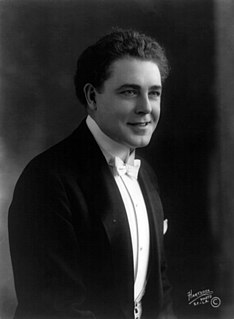
William Farnum was an American stage and film actor. He was a star of American silent film cinema and became one of the highest-paid actors during that time.

William Lowery was an American silent film actor. He was born in St. Louis, Missouri, and was signed by the Thanhouser Company in 1914. His first film was The Ten of Spades (1914) also starring William Garwood. He starred in about 60 films between 1914 and his retirement from film in 1927. He died on November 15, 1941, in Los Angeles.
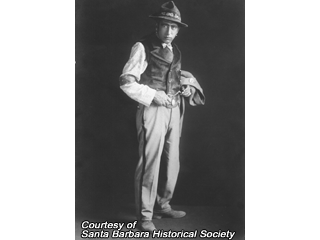
William Tedmarsh was an English-American early silent film actor.
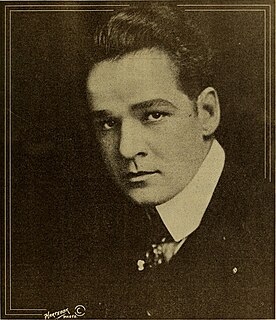
William Russell, born William Francis Lerche, was an American actor, director, producer and screenwriter. He appeared in over two hundred silent era motion pictures between 1910 and 1929, directing five of them in 1916 and producing two through his own production company in 1918 and 1925.

Edward Sloman was an English silent film director, actor, screenwriter and radio broadcaster. He directed over 100 films and starred in over 30 films as an actor between 1913 and 1938.

Clarence Forrest Burton was an American silent film actor.
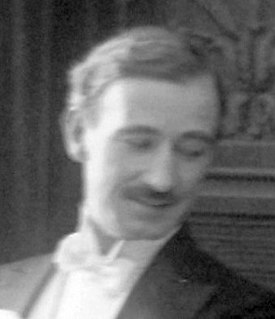
William A. Carroll, was an American silent film actor.
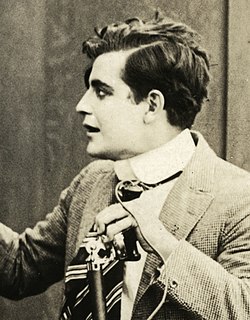
William Effingham Lawrence was an American actor of the silent era. He appeared in 120 films between 1912 and 1947. He was born in Brooklyn, New York and died in Hollywood, California.

Hugh Ford was an American film director and screenwriter. He directed or co-directed 31 films between 1913 and 1921. He also wrote for 19 films between 1913 and 1920.

Stewart Rome was an English actor who appeared in more than 150 films between 1913 and 1950.
Hepworth Pictures was a British film production company active during the silent era. Founded in 1897 by the cinema pioneer Cecil Hepworth, it was based at Walton Studios west of London.
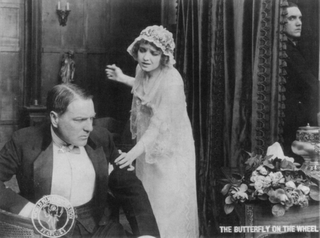
The World Film Company or World Film Corporation was an American film production and distribution company, organized in 1914 in Fort Lee, New Jersey.

William Pitt Striker Earle was an American director of the silent film era. He attended Columbia University and worked for a time as a photographer before breaking into the movie business by sneaking onto the lot of Vitagraph Company of America to observe how directors worked. After a few days of this, Earle approached the studio president and was given his first movie to direct: For the Honor of the Crew, a short about a crew race at Columbia University. He subsequently directed a number of features and shorts for Vitagraph. Later he worked with producer David O. Selznick.
William Ewart Fildew, billed as either William Fildew or William E. Fildew, was an American cinematographer during the silent film era. He shot 54 films between 1915 and 1927. His first film was 1915's The Lost House, directed by Christy Cabanne and starring Lillian Gish. That same year he also shot Martyrs of the Alamo, directed by Cabanne, which was the first film in which Douglas Fairbanks appeared. Fairbanks' first starring role, also in 1915, was The Lamb, which Fildew also shot. His final film was The Wreck, directed by William James Craft and starring Shirley Mason and Malcolm McGregor.
This page is based on this
Wikipedia article Text is available under the
CC BY-SA 4.0 license; additional terms may apply.
Images, videos and audio are available under their respective licenses.

